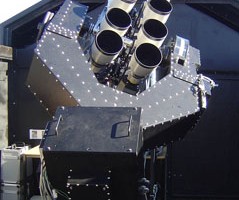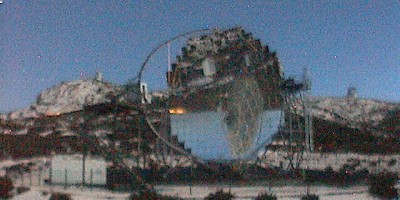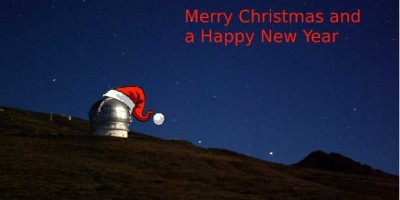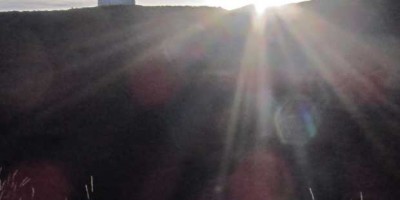Pyroclastic Flows and Dykes
The whole island of La Palma is volcanic, but it’s extremely young. The oldest rocks are only about three million years old, so there’s no dinosaur fossils here. Much of the island is basalt – a dark grey rock which tends to form hexagonal columns, like the Giant’s Causeway or Los Organos on La Gomera. Over thousands of years it weathers to a lighter grey or brownish-grey. The red rocks…




